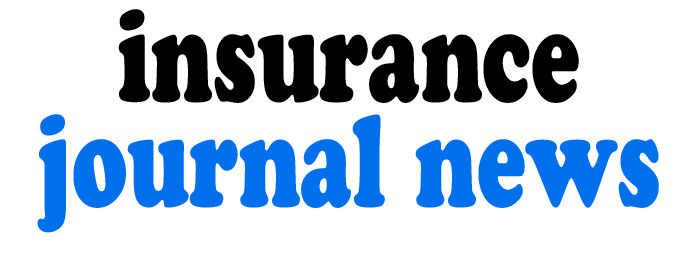Unveiling the Art and Science of Text and Image Manipulation
Text and image manipulation are evolving fields due to the ever-increasing sophistication of technology. These techniques can be employed for various purposes, from creative endeavors to malicious activities. This article explores these techniques, offering insights into their application, functionality, and ethical considerations.
Text Manipulation Techniques
Text manipulation involves modifying text to alter its meaning, tone, or style. Several methods achieve this:
- Text Generation: Leveraging AI to create new text from scratch or based on a given prompt. Tools based on large language models (LLMs) analyze input text and produce new text that follows a specified style.
- Paraphrasing: Rewording existing text to convey the same information in a different way. This technique is commonly used to avoid plagiarism or to simplify complex language.
- Summarization: Condensing lengthy text into a shorter version that captures the key points. Summarization techniques are useful in information retrieval and content curation.
- Translation: Converting text from one language to another while preserving its meaning. This technique is essential for global communication and accessibility.
Image Manipulation Techniques
Image manipulation involves altering digital images to modify their appearance or content.
- Image Editing: Modifying the visual properties of an image, such as brightness, contrast, and color balance. Image editing tools like Adobe Photoshop offer a broad range of adjustment options.
- Object Removal: Removing unwanted objects or elements from an image. Tools that can perform image inpainting can seamlessly fill the removed areas with contextual information.
- Object Addition: Inserting new objects or elements into an image. This technique can be employed to create composite images.
- Deepfakes: Using AI to create realistic but synthetic content that can swap faces, or alter facial expressions and is used as a means for manipulation techniques.
Functionality and Methods
- AI and Machine Learning: AI and machine learning tools are utilized for text generation, image editing, and deepfake creation. LLMs can generate human-like text, while algorithms can remove and add objects.
- Software Tools: Software tools like Adobe Photoshop, GIMP, and others offer a broad range of manipulation options.
- Programming: Some developers use programming for automation, and integration of text and image manipulation workflows.
Ethical Implications
- Misinformation and Disinformation: Manipulation of images and text is utilized to spread misinformation. Deepfakes and other techniques can mislead viewers, undermining trust in source information.
- Privacy Concerns: The capacity to modify images raises important privacy concerns. Deepfakes and object removal are being used to compromise personal images.
- Intellectual Property Rights: Unauthorized adjustments of copyrighted images, text, and materials can cause infringement issues.
Applications
- Creative Industries: For art, design, and marketing, text and image manipulation is used to enhance visual appeal.
- Media and Journalism: Content is edited to adjust the appearance of images, and text is manipulated to create summaries.
- Entertainment: Special effects in films and television.
In conclusion, text and image manipulation are powerful tools, with a broad range of applications, but they also come with ethical implications. As technology advances, it’s crucial to understand these techniques to use them responsibly.

